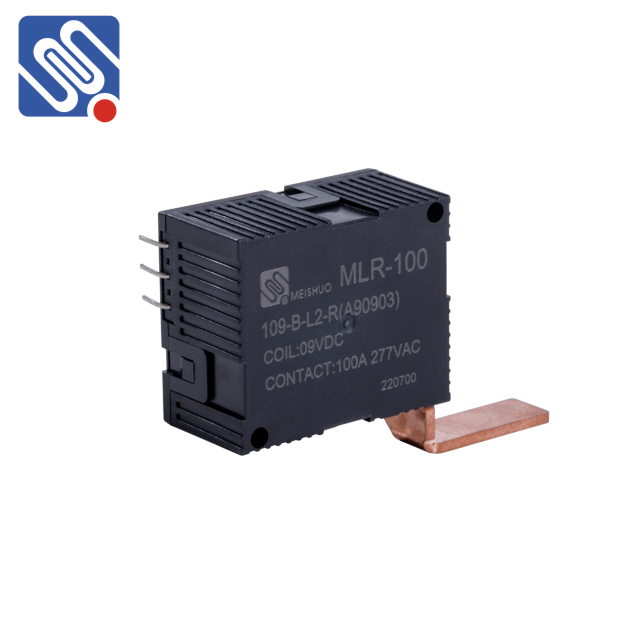understanding relay parameters and the role of meishuo
Release time:2025-04-17 18:13:58
Relay systems are essential components in electrical and telecommunications systems, designed to control circuits, manage signals, and safeguard equipment. Their performance largely depends on a set of parameters that influence how effectively they respond to external inputs. Understanding relay parameters is crucial for selecting the right type of relay for specific applications, ensuring reliable operation, and maximizing the longevity of systems. One key player in this field is Meishuo, a company that focuses on delivering advanced relay solutions designed for precision and efficiency. In this article, we will explore the various relay parameters and highlight the importance of Meishuo’s contributions to the field.

Key Relay Parameters
Coil Voltage: The coil voltage is one of the most fundamental parameters of a relay. It refers to the voltage that must be applied to the relay's coil for it to become energized and operate the switch. The coil voltage is critical because it determines the minimum voltage required for the relay to function properly. Meishuo offers a range of relays with varying coil voltage specifications, ensuring compatibility with different power supply systems and making it easier for engineers to integrate relays into their designs.
Contact Configuration: Relays come in different contact configurations, such as Single Pole Single Throw (SPST), Single Pole Double Throw (SPDT), and Double Pole Double Throw (DPDT). These configurations define how the relay's switch contacts behave when the relay is activated. Choosing the right configuration is vital for ensuring that the relay can meet the specific needs of the circuit it controls. Meishuo relays provide flexible contact configurations, making them suitable for a variety of applications, from simple control systems to more complex circuits.


